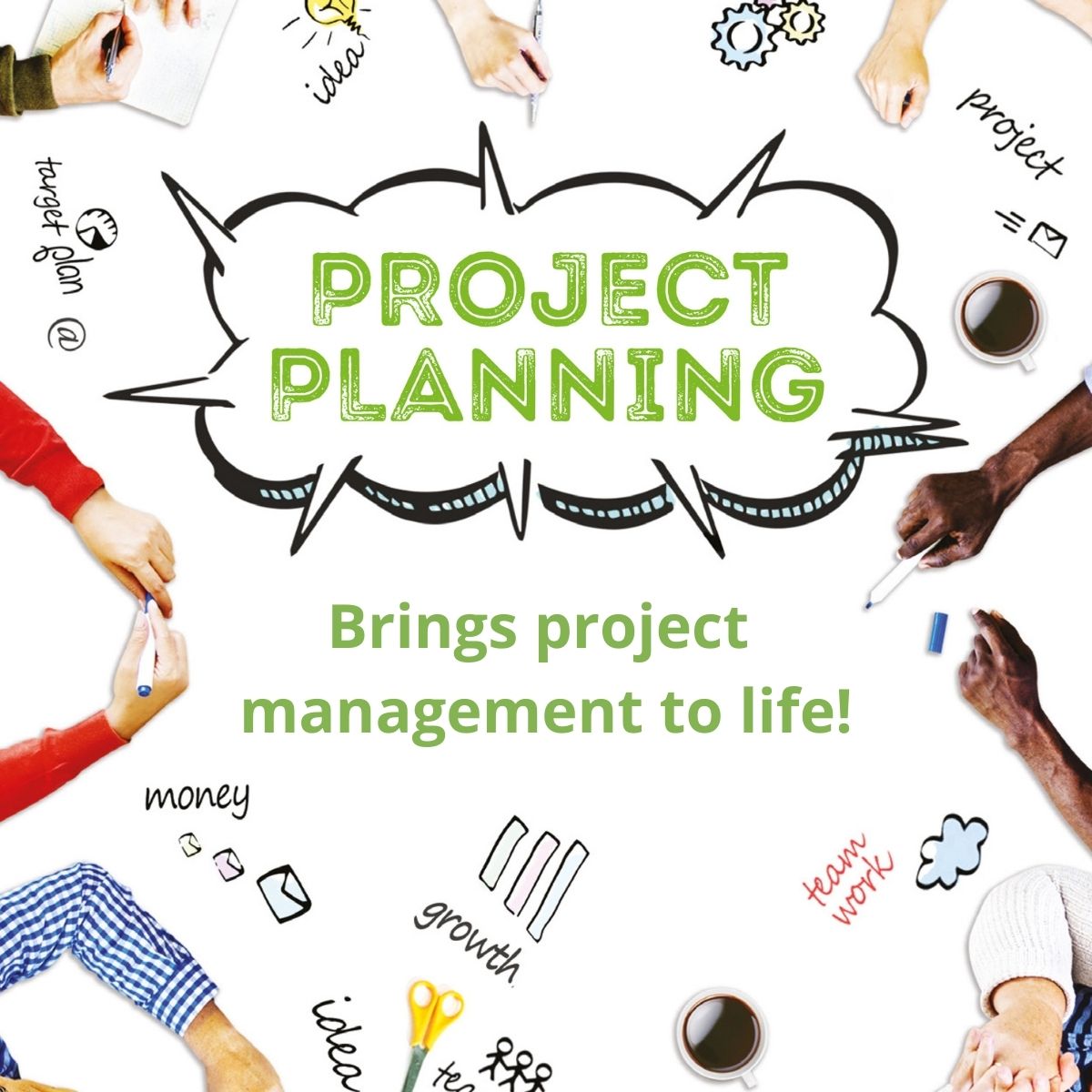What is project planning?
Project scheduling, which includes using the Gantt chart to create an implementation plan and produce a completion report inside the project environment, is one of the project management procedures. This is known as project planning. The project’s scope and the best strategies for finishing it are first decided. This plan is based on the estimation of the amount of time needed to accomplish each task (project management of the work-related tasks). The work breakdown structure is where this information is gathered. The many parts of the project are frequently organized using the project planning process, including the plan Project schedule, workload, and management of individuals and teams. An activity network diagram is used to define the logical connections between the tasks, allowing for the identification of the critical path. Given that it happens before the project actually starts, the project planning process is by its very nature uncertain. The time needed to complete the tasks is therefore estimated using a variety of estimation techniques, such as the (three-point) method, where the required time is determined in the case of optimism (i.e., if nothing unexpected occurs that prevents the task from being completed) and in the case of pessimism (assumes the occurrence of risks) and in the case of a typical circumstance (according to experiences).
Project schedule, workload, and management of individuals and teams. An activity network diagram is used to define the logical connections between the tasks, allowing for the identification of the critical path. Given that it happens before the project actually starts, the project planning process is by its very nature uncertain. The time needed to complete the tasks is therefore estimated using a variety of estimation techniques, such as the (three-point) method, where the required time is determined in the case of optimism (i.e., if nothing unexpected occurs that prevents the task from being completed) and in the case of pessimism (assumes the occurrence of risks) and in the case of a typical circumstance (according to experiences).
The “critical chain” approach adds “reserve times” to the schedule in advance of any potential delays with project execution. With the aid of project management software, the schedule’s floating or sluggish period can be estimated. The final project cost can then be determined by estimating and allocating the resources required for each task. The project scheduling can now be revised to achieve an ideal plan that balances resource management and project duration while remaining compliant with the project’s goals. This schedule becomes the “base schedule” once the project schedule has been approved.
Over the project’s lifetime, completion is assessed in comparison to the timetable. Earned value management is the process of evaluating performance against the baseline schedule.
Writing the project charter is one of the inputs to the planning phase of the project. The requirements, timetable, and project plan are examples of the outputs.
Planning a project manually is an option. Yet, project management software is simpler to use when handling multiple projects at once.




